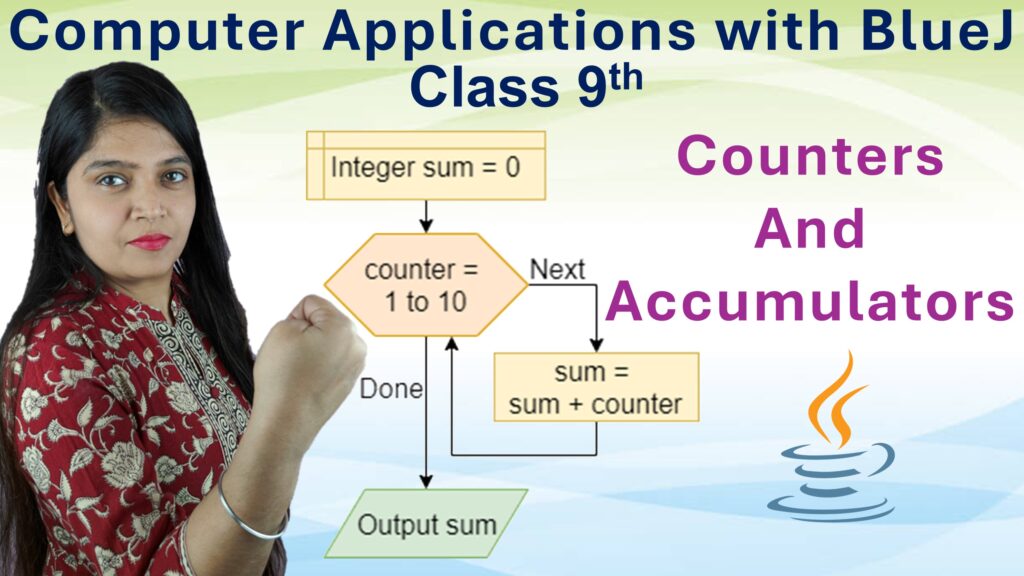Exercise: 1-D
Q1: The sum of two integers is -15. If one of them is 9, find the other.
Step 1: Let the other number be x.
Step 2: According to the question:
x + 9 = -15
Step 3: Subtract 9 from both sides:
x = -15 – 9
x = -24
Answer: -24
Q2: The difference between integers x and -6 is -5. Find the values of x.
Option 1:
Step 1: According to the question:
x – (-6) = -5
Step 2: Simplify the expression:
x + 6 = -5
Step 3: Subtract 6 from both sides:
x = -5 – 6 = -11
Answer: -11
Option 2:
Step 1: According to the question:
(-6) – x = -5
Step 2: Simplify the expression:
-6 – x = -5
Step 3: Subtract 6 from both sides:
x = -6 + 5 = -1
Answer: -1
Q3: The sum of two integers is 28. If one integer is -45, find the other.
Step 1: Let the other integer be x.
x + (-45) = 28
Step 2: Add 45 to both sides:
x = 28 + 45 = 73
Answer: 73
Q4: The sum of two integers is -56. If one integer is 42, find the other.
Step 1: Let the other number be x.
x – 42 = -56
Step 2: Subtract 42 from both sides:
x = -56 + 42 = -14
Answer: -14
Q5: The difference between an integer x and (-9) is 6. Find all possible values of x.
Option 1:
Step 1: x – (-9) = 6
x + 9 = 6
Step 2: Subtract 9 from both sides:
x = 6 – 9 = -3
Answer: -3
Option 2:
Step 1: (-9) – x = 6
-9 – x = 6
Step 2: Subtract 9 from both sides:
x = (-9) – 6 = -15
Answer: -15
Q6: Write all the integers between -15 and 15, which are divisible by 2 and 3.
Step 1: We need numbers divisible by both 2 and 3 ⇒ LCM = 6
Step 2: Integers divisible by 6 between -15 and 15: -12, -6, 0, 6, 12
Answer: -12, -6, 0, 6, 12
Q7: Write all the integers between -5 and 5, which are divisible by 2 or 3.
Step 1: Integers between -5 and 5: -4, -3, -2, -1, 0, 1, 2, 3, 4
Step 2: Divisible by 2 or 3: -4, -3, -2, 0, 2, 3, 4
Answer: -4, -3, -2, 0, 2, 3, 4
Q8: Find the result of subtracting the sum of all integers between 20 and 30 from the sum of all integers from 20 to 30.
Step 1: Integers from 20 to 30 (inclusive): 20, 21, …, 30
Total = 11 numbers, Sum = (n/2)(first + last) = (11/2)(20 + 30) = (11/2)(50) = 275
Step 2: Integers *between* 20 and 30: 21 to 29
Sum = (9/2)(21 + 29) = (9/2)(50) = 225
Step 3: Required result = 275 – 225 = 50
Answer: 50
Q9: Add the product of (-13) and (-17) to the quotient of (-187) and 11.
Step 1: Product = (-13) × (-17) = 221
Step 2: Quotient = (-187) ÷ 11 = -17
Step 3: Required sum = 221 + (-17) = 204
Answer: 204
Q10: The product of two integers is -180. If one of them is 12, find the other.
Step 1: Let other number be x.
12 × x = -180
Step 2: x = -180 ÷ 12 = -15
Answer: -15
Q11:
i. A number changes from -20 to 30. What is the increase or decrease in the number?
Change = 30 – (-20) = 30 + 20 = 50
Answer: Increase of 50
ii. A number changes from 40 to -30. What is the increase or decrease in the number?
Change = -30 – 40 = -70
Answer: Decrease of 70







Leave a Comment